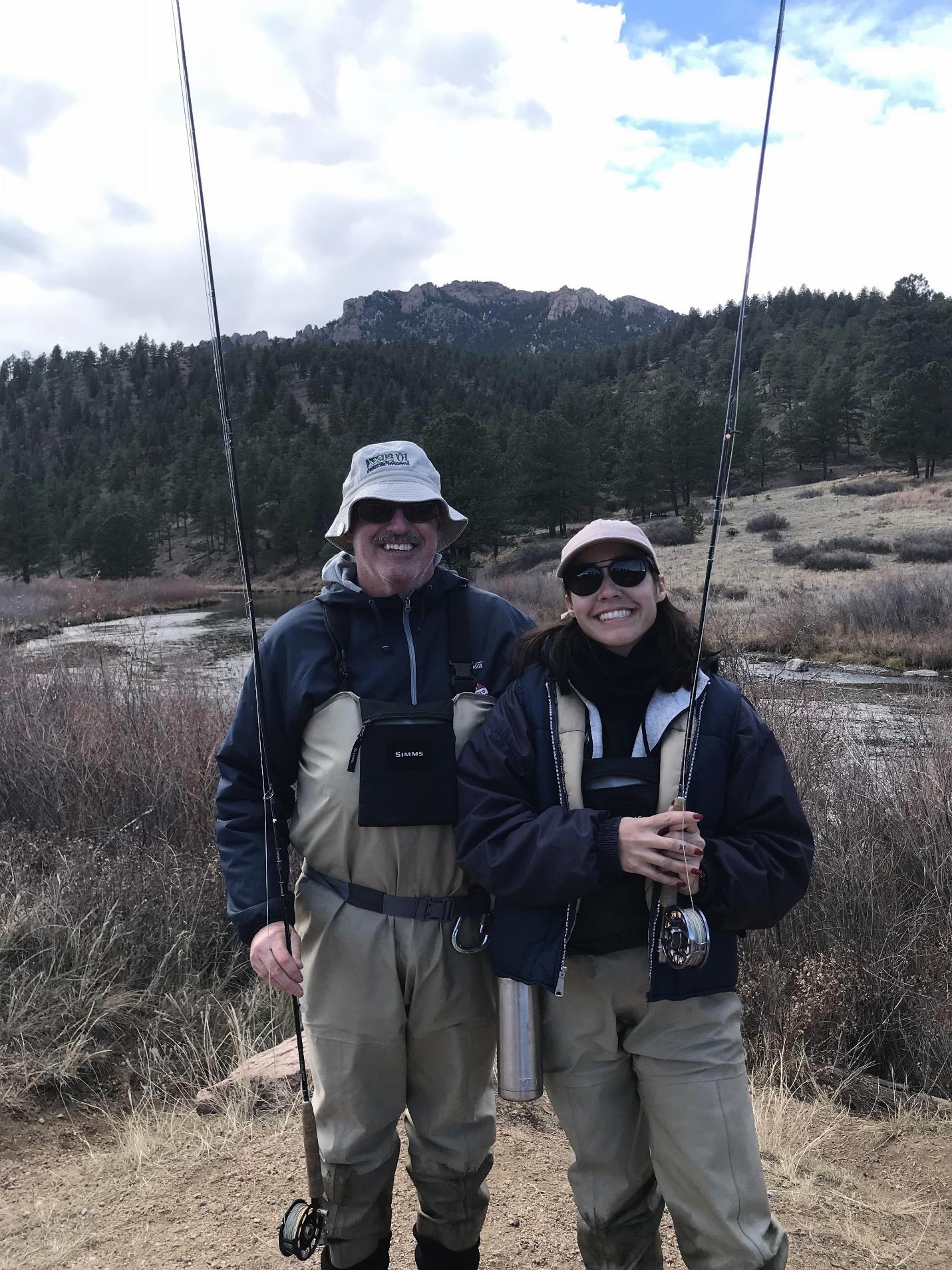Proposal leaves important drinking water sources and habitat unprotected from pollution
For immediate release
Dec. 11, 2018
Contact:
Steve Moyer, steve.moyer@tu.org, (571) 274-0593
Vice President of Government Affairs
Shauna Stephenson, shauna.stephenson@tu.org (307) 757-7861
National Communications Director
(Dec. 11, 2018) WASHINGTON D.C. -- Trout Unlimited announced its strong opposition to the proposed rollback of protections for thousands of miles of streams and many wetlands today by the Army Corps of Engineers and the Environmental Protection Agency.
The proposal outlines an ill-conceived approach to applying the Clean Water Act by eliminating protection for thousands of stream miles in the country – streams that supply drinking water for millions of Americans. It also erases protections for thousands of acres of wetlands, a critical component to a functioning watersheds.
The proposal will deregulate a host of development activities, such as pipeline construction that will, over time, degrade hunting and fishing opportunities in every state in the country.
“Today’s proposal is so far off track that you cannot see the track from where this proposal landed,” said Chris Wood, president and CEO of Trout Unlimited. “Headwater streams, especially ephemeral streams, are like the capillaries in our bodies – they're small and easy to overlook, but we wouldn’t last long without them. It is a fundamentally flawed proposal.”
Polls show Americans overwhelmingly support protections for clean water and the Clean Water Act.
“The Agencies’ proposal turns its back on the importance of small headwater streams to healthy waterways and sportfishing recreation," said Steve Moyer, vice president of government affairs for Trout Unlimited. “Sportsmen and women know that we all live downstream. All the benefits of our larger streams, rivers, and bays are dependent on the health of our small streams.”
Using the Clean Water Act to protect headwater streams is especially valuable to Trout Unlimited. At a basic level, 59 percent of rivers and stream miles in the lower 48 states are intermittent or ephemeral (i.e., they are small or headwater streams that do not flow year-round). However, in the drier southwest, that figure is higher. In Arizona, 96 percent of the waters are intermittent or ephemeral streams. EPA Region 8, consisting of Colorado, Utah, Wyoming, Montana and the Dakotas, estimates that only 17 percent of the waters in its states flow year-round.
Headwater streams contribute to the drinking water supplies of 117 million Americans, protect communities from flooding, and provide essential fish and wildlife habitat that support a robust outdoor recreation economy worth $887 billion.
“Clean water is not a political issue. It is a basic right of every American,” Wood said. “To be effective, the Clean Water Act must be able to control pollution at its source -- upstream in the headwaters and wetlands that flow downstream through communities to our major lakes, rivers, and bays. We urge the Agencies to reconsider their flawed proposal and remember the very purpose of the Clean Water Act.”
Frequently asked questions:
How Did We Get Here?
When the Clean Water Act was passed in 1972, it protected virtually all of America’s waters--every type of stream, wetland, river, lake or bay. A 2001 Supreme Court decision first questioned if all wetlands and streams should in fact be protected--and the issue has become ever-more politicized since then.
In 2015, under President Obama, the EPA finalized a rule (the Clean Water Rule) clarifying that the Clean Water Act protects all of our nation’s streams and millions of acres of wetlands. The rule gained strong support from sportsmen, scientists and the public, but it was opposed by a powerful coalition of agriculture and development interests
What’s happening now?
Early in 2017, President Trump directed the EPA to first rescind and then replace the Clean Water Rule. The Administration’s efforts to rescind the 2015 Rule have partially blocked, as the 2015 Rule is in effect in 22 states. The new proposal, unveiled today, is an unwarranted effort to replace the 2015 Rule. The new proposal is NOT based in science and is NOT consistent with the goals of the Clean Water Act. The new rollback proposal will undermine long standing protections for wetlands and small streams, it will harm hunting and fishing in America.
Why should sportsmen care?
The Clean Water Act and the 2015 Rule are vital to TU’s work and to anglers across the nation. Whether TU is working with farmers to restore small headwater streams in West Virginia, removing acidic pollution caused by abandoned mines in Pennsylvania, or protecting the world-famous salmon-producing, 14,000-jobs-sustaining watershed of Bristol Bay, Alaska, we rely on the Clean Water Act to safeguard our water quality improvements.
TU members, and sportsmen and women nationwide, want to move forward with progress on cleaning up our nation’s waters, not go backwards. Thus, the Clean Water Act needs to be improved, not weakened—the as was the case in today’s proposal.
Trout Unlimited is the nation’s oldest and largest coldwater fisheries conservation organization dedicated to conserving, protecting and restoring North America’s trout and salmon and their watersheds. Follow TU on Facebook and Twitter, Instagram and our blog for all the latest information on trout and salmon conservation.
























